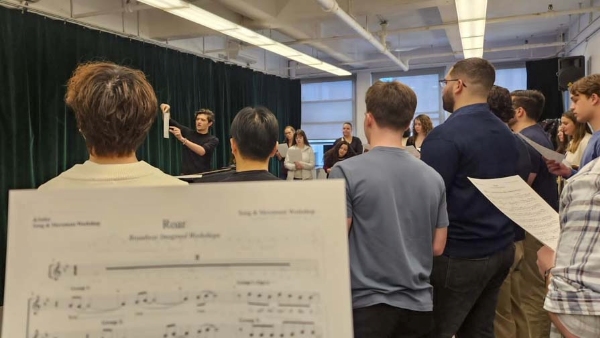When we think of landscape photography, we often envision vast, picturesque scenes capturing the beauty of nature in all its glory. However, there is another dimension to landscape photography that goes beyond the literal representation of the subject matter. It is an abstract state of mind that challenges our perception and invites us to see the world in a different light. In this article, we delve into the concept of abstract landscape photography and explore how it encourages us to look beyond the surface and discover the hidden layers of meaning within the frame.
Abstract Landscape Photography: A Departure from the Literal:
Abstract landscape photography departs from traditional landscape photography by focusing on shapes, forms, colors, patterns, and textures rather than the specific details of the scene. It strives to capture the essence of the landscape rather than its precise depiction. By blurring the lines between reality and interpretation, abstract landscape photography encourages viewers to engage with the image on a deeper, more emotional level.
Breaking Down the Familiar:
One of the fascinating aspects of abstract landscape photography is its ability to break down familiar scenes and present them in a fresh, unexpected way. Through techniques such as long exposure, multiple exposures, intentional camera movement, and creative framing, photographers can transform ordinary landscapes into abstract masterpieces. By stripping away the literal interpretation of the scene, abstract landscape photography invites viewers to explore their own interpretations and emotions, making each viewing a unique experience.
Conveying Emotion and Mood:
Abstract landscape photography allows photographers to convey emotions and moods that go beyond the surface-level aesthetics of the scene. By utilizing techniques like intentional blurring, dramatic lighting, and selective focus, photographers can create images that evoke a wide range of feelings, from tranquility and serenity to excitement and mystery. The abstract nature of these photographs allows viewers to connect with the images on a personal level, tapping into their own emotions and memories.
Exploring the Subconscious:
Abstract landscape photography has the power to tap into the subconscious mind, unlocking a world of imagination and interpretation. By removing the constraints of literal representation, these images open up possibilities for viewers to project their own thoughts, dreams, and memories onto the scene. Each viewer’s experience becomes a collaborative effort between the photographer’s vision and the viewer’s own subconscious, resulting in a rich and dynamic interaction with the photograph.
Expanding the Boundaries of Perception:
Abstract landscape photography challenges our preconceived notions of what a photograph should be. It encourages us to expand our boundaries of perception and embrace the beauty in ambiguity. By defying traditional expectations and presenting landscapes in unconventional ways, abstract landscape photography pushes us to see the world through a different lens, fostering a sense of curiosity and wonder.
Conclusion:
Abstract landscape photography takes us on a journey beyond the literal representation of landscapes, allowing us to explore the realms of imagination, emotion, and interpretation. By embracing abstraction, photographers create images that transcend traditional boundaries, inviting viewers to engage with the photograph on a personal and profound level. As we immerse ourselves in the abstract state of mind, we discover a new appreciation for the beauty and complexity of the world around us. So next time you encounter a landscape photograph, take a moment to delve into the abstract, and you might just uncover a hidden world of meaning and inspiration.


